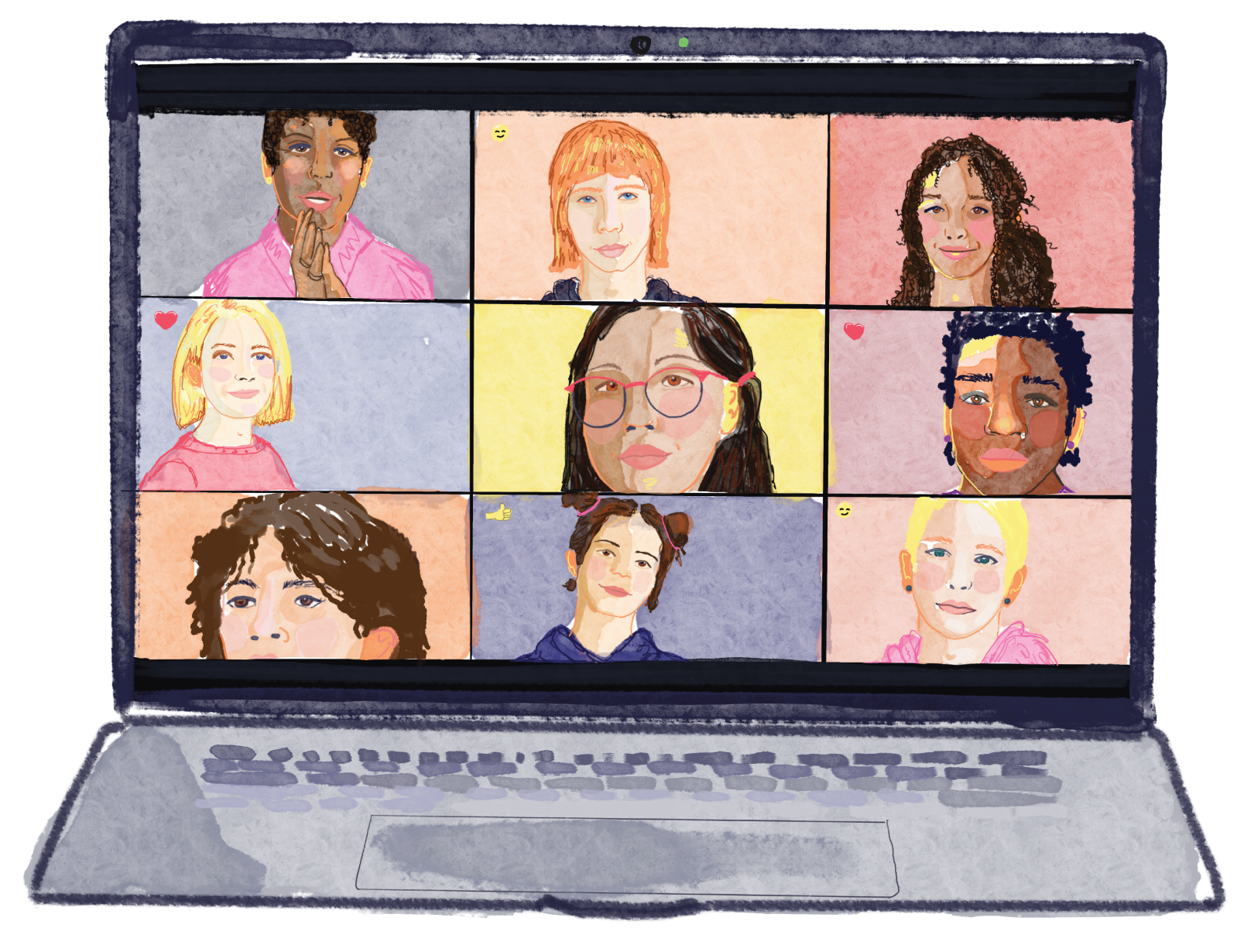Self-Harm Treatment for Teens and Adults


Self-harm is often linked to serious mental health issues, which is why understanding the root of self-harm is key to long-lasting recovery. Fill out the short form below or call us directly to start healing today with Charlie Health.

More than 90% of clients see improvements in their most severe mental health symptoms.
How is self-harm diagnosed?
Self-harm is not a diagnosable mental health condition, but it’s often associated with underlying mental health conditions. In a clinical assessment, a mental health provider usually identifies the underlying issues that may lead to self-harm, such as anxiety, trauma, or depression.
How does Charlie Health treat self-harm?
Charlie Health takes a trauma-informed and relationally-focused approach to working with clients dealing with self-harm.
Clients who self-harm are often dealing with attachment issues, stressful relationships, or trauma. Our all-virtual model offers a safe and accessible space for clients to foster connections with others and navigate the triggers that often lead to self-harm together.
Our goal is to help our clients develop the skills necessary to deal with their mental health issues in a constructive manner.

What are the best types of therapy for self-harm?
Dialectical behavior therapy (DBT) skills
Dialectical behavior therapy (DBT) skills can provide people who self-harm with a structured framework to manage their emotional distress and help them find healthier coping mechanisms than self-harm. DBT teaches skills that help people regulate their emotional responses and tolerate intense feelings without self-harming. Overall, DBT empowers people to better understand and manage their emotions, ultimately reducing the urge to self-harm and promoting healthier coping skills.
Group support
Group support can serve as a safe and empathetic space for people who self-harm to talk about their experiences, thoughts, and feelings with others who may face similar challenges. It can make people who self-harm feel less alone and get advice from others on coping strategies, all of which can help reduce the urge to self-harm. Group members can also hold each other accountable and celebrate each other’s successes in their journey towards healthier coping mechanisms and emotional regulation.
Mental health conditions associated with self-harm
Other related areas of care may include
How it works
Reach out
Call our Admissions Team 24/7 or fill out our quick online form to verify your insurance coverage and get started
Get matched
We’ll conduct a thorough assessment to create your personalized virtual treatment plan
Start healing
Meet your peers in groups and your primary therapist in as little as 24 hours
FAQs about Self-Harm
See All FAQsWhat are the main signs of self-harm?
Some main signs of self-harm are:
- Deliberate self-injury like cutting, burning, or scratching
- Unexplained cuts, bruises, or scars
- Wearing concealing clothing even in warm weather
- Isolation
- Mood changes
- Emotional distress
- Secrecy
It’s important to understand that not everyone who self-harms will show all of these signs. If you’re in imminent danger of hurting yourself, this is a mental health emergency. Contact The Suicide & Crisis Lifeline 24/7 by calling or texting 988.
How common is self-harm?
It’s challenging to determine how common self-harm is because of underreporting and stigma associated with the behavior. Anyone of any age can self-harm, but research indicates that self-harming is more commonly reported among young people and women. Some studies suggest rates of self-harm among adolescents and young adults are around 10-15% in some cases.
What causes self-harm?
Self-harm is typically caused by a mix of emotional, psychological, and environmental factors. Underlying mental health conditions, including depression and past trauma, can contribute to self-harming behaviors. Also, self-harm is often a way for people to cope with intense emotional pain, anxiety, or emotions, so a lack of effective emotional regulation strategies can cause self-harm.
*Analysis based on self-reported outcomes data from routinely discharged clients (Jan-June 2024) who had severe anxiety or moderately severe to severe depression at intake, and improvements at discharge.